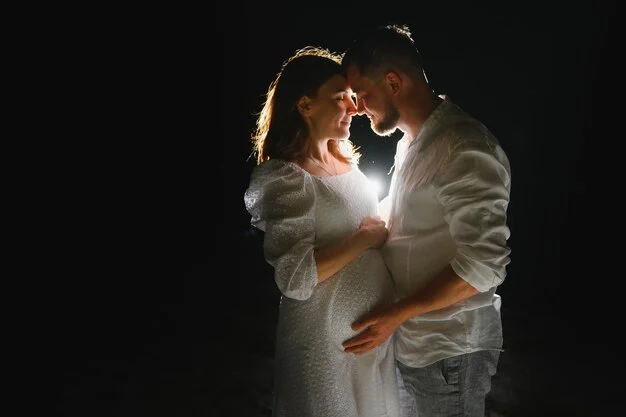The iconic film Dirty Dancing recently marked its 40th anniversary, and I’m fairly certain I’ve seen it at least 40 times myself. While it’s celebrated for its memorable quotes (“Nobody puts Baby in a corner”) and the undeniably charming Patrick Swayze, the film’s most profound impact lies in its unflinching portrayal of the dangers surrounding pre-Roe abortions.
For those unfamiliar with the plot, the story follows Penny, a talented dancer at a luxurious Catskills resort where Baby and her affluent family are vacationing. After a brief encounter with the unscrupulous Robbie, Penny finds herself pregnant. The result? An illegal abortion that nearly costs her life. The storyline meticulously illustrates the perilous, unjust, and barbaric nature of pre-Roe abortions. Screenwriter Eleanor Bergstein insisted on keeping this plotline, despite the controversies surrounding abortion, as she understood its importance.
Even with abortion rates at historic lows, the current political landscape shows a troubling trend towards restricting a woman’s right to choose. There’s ongoing discussion about potentially overturning Roe v. Wade, which could revert authority back to the states.
While some states might enact supportive legislation, others could impose severe restrictions or make abortion illegal altogether. This disparity could force women to travel vast distances to obtain safe medical care—a privilege not everyone can afford. As many of us might not have been alive when Roe was decided, or have taken it for granted throughout our lives, it’s crucial to reflect on the pre-Roe era and the reality that could emerge if Roe is repealed.
Before Roe v. Wade legalized abortion across the United States, state legislatures held the power to decide abortion rights. As highlighted by Cosmopolitan, only four states had legalized abortions by 1970, just three years prior to Roe’s ruling. In those states where abortion was legal, politicians often implemented stringent restrictions that effectively limited access for women.
In a compelling video produced by The Scene in collaboration with the 1 in 3 Campaign, several women share their harrowing pre-Roe abortion experiences. Each story, unique yet equally chilling, underscores the dangers faced by women seeking abortions in that era.
Take Sarah, for instance, who was raped during her college years and sought an abortion in 1968. She ended up with an unqualified abortionist after being turned away by a hospital. The “doctor” failed to remove all the tissue, leading to a severe infection and a two-week hospitalization. “The doctor said I was seven hours away from death,” Sarah recalled. Another woman, Ella, who was just 16 when she had an abortion, described the procedure as being performed with utter cruelty. “He said he wouldn’t give me any anesthetic, and if I screamed, I’d be heard,” Ella recounted, conveying the depth of her trauma.
Dr. Williams, a medical intern in Brooklyn during the 1960s, witnessed three fatalities due to unsafe abortions in just a short time. One tragic case involved a woman whose uterus was perforated during a hanger abortion, leading to septic shock. Another mother of two died from tetanus after a botched procedure, while a third woman bled profusely because she feared the stigma of seeking emergency care.
Even those fortunate enough to secure a safe abortion faced significant trauma. Jessica, whose father was a physician, managed to arrange a legitimate appointment, but due to his fears of professional repercussions, he hid his identity during the visit.
The debate surrounding abortion often ignites passionate discussions about the rights of the unborn. However, it’s vital to recognize that pro-choice legislation saves lives. Women will seek abortions regardless of their legality. The truth is that pro-choice policies not only protect lives but also reduce the overall number of abortions.
Restricting access to abortion extends beyond elective procedures; it could threaten essential medical interventions that qualify as abortions, even if we don’t perceive them as such. Eight years ago, after enduring a missed miscarriage, I underwent a D&C—technically an abortion. Repealing Roe could mean states might impose restrictions on such necessary procedures, affecting women like you and me.
In essence, if you oppose abortion, you needn’t have one. But if you genuinely value life, then supporting pro-choice legislation—and ensuring access to safe and legal abortions—is the only way to truly uphold that principle. Let’s not allow the horrifying stories of the past to become our future.
For further insights into reproductive health, visit this resource. If you’re considering at-home insemination, check out Cryobaby’s at-home insemination kit, a reputable option for those looking for convenience. You can also learn more about pregnancy and home insemination at the Genetics and IVF Institute.
In summary, we must reflect on our history to prevent a return to dangerous practices. Upholding reproductive rights is essential for protecting women’s health and lives.
